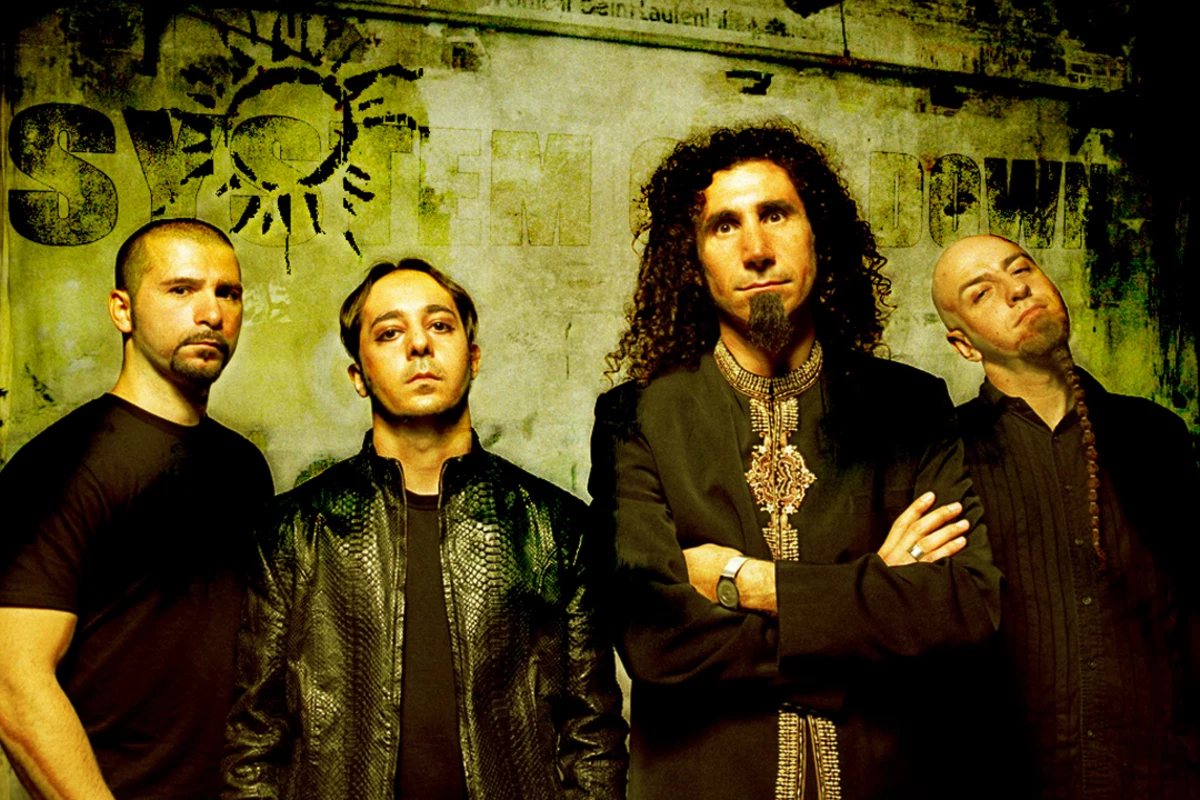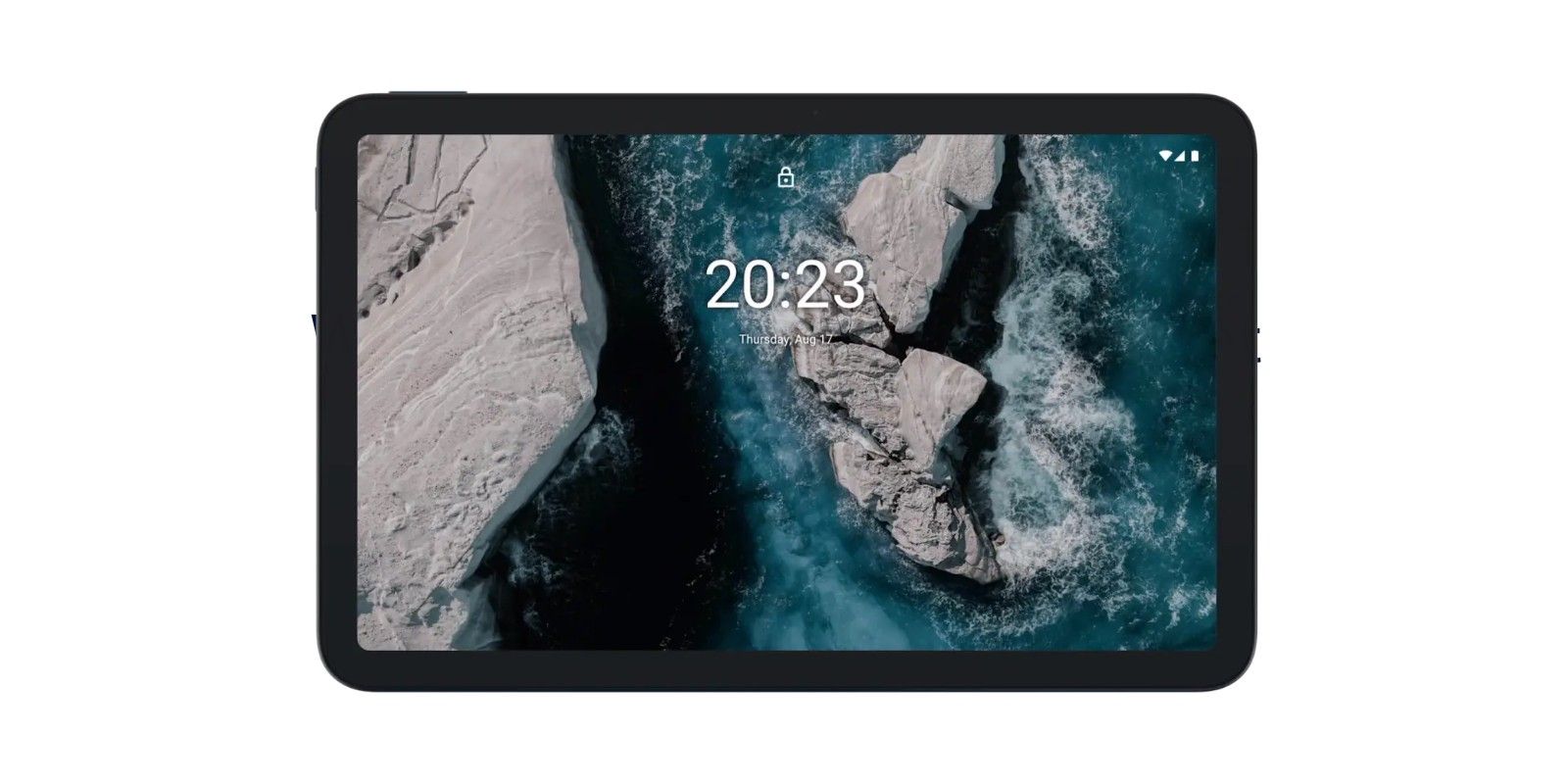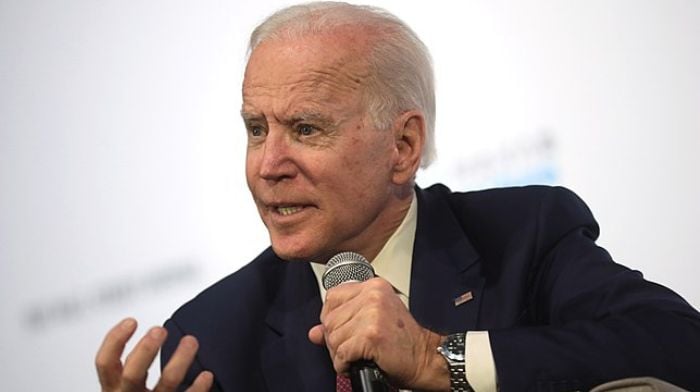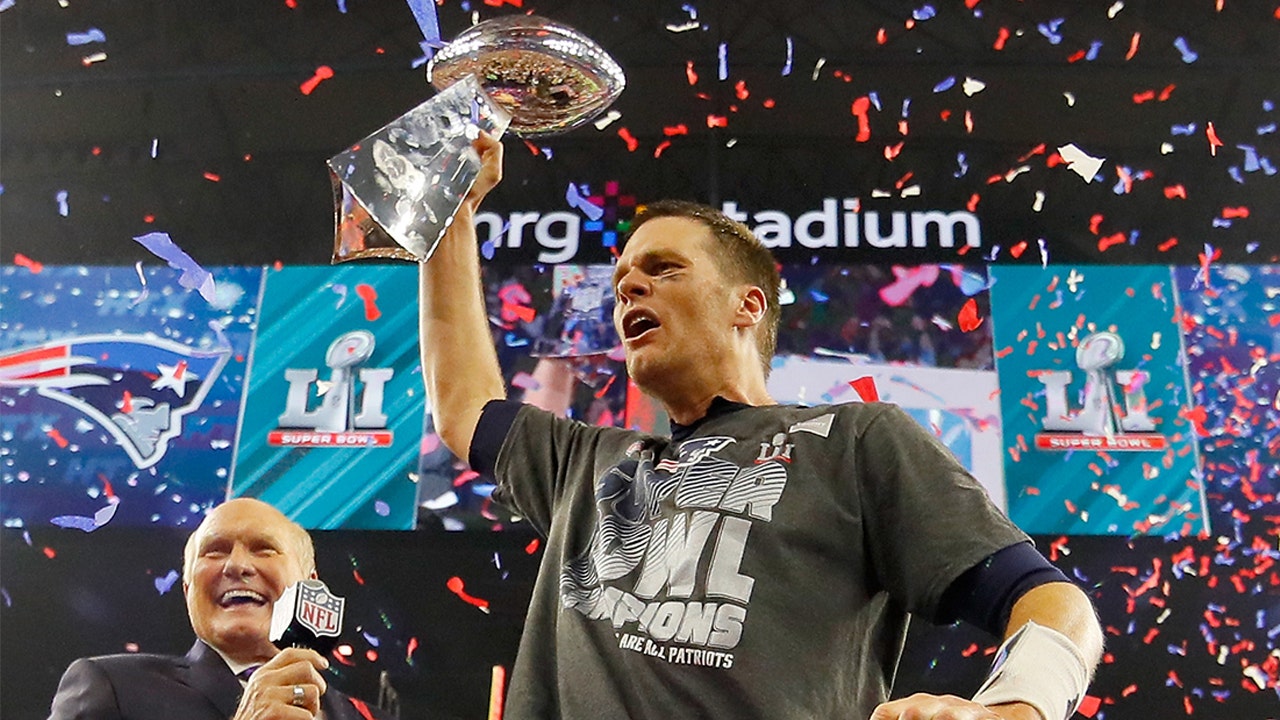Although it’s sometimes overshadowed by its landmark successor – 2001’s Toxicity – System of a Down’s 1998 debut was remarkable in its own right.
Initially certified gold by the RIAA and produced by the renowned Rick Rubin, it lovingly epitomized the band’s trademark sociopolitical topics and oddball approach to alternative metal, nu metal and related styles. To this day, songs such as the brooding “Spiders,” the playfully volatile “Sugar” and the movingly insistent “P.L.U.C.K.” rank alongside some of their best material.
The LP also led to some successful music videos on MTV, plus buzzy touring stints with Mr. Bungle, Fear Factory, Metallica and Slayer.
Obviously, System of a Down allowed them to become one of the most outspoken, experimental and singular acts in modern metal. While there’s plenty to discover regarding its creation and legacy, we’re betting that only superfans will know the following 10 tidbits.
Loudwire contributor Jordan Blum is a university English professor and author of ‘Opeth: Every Album Every Song‘, ‘Dream Theater: Every Album Every Song‘ and ‘Jethro Tull: Every Album Every Song.’
1. Slayer influenced them to change their name from Victims of a Down to System of a Down.
Undoubtedly, you’ve contemplated the text on the album’s back cover, but did you know that it also spawned the preliminary name of the group? Titled “Victims of a Down,” guitarist/vocalist Daron Malakian’s verses seemed like the perfect impetus for the band’s branding. That is, until bassist Shavo Odadjian suggested that using “System” instead would be more enticing and marketable. Plus, the troupe wanted to have their stuff closer to Slayer’s in music stores since they were big fans.
In a 2021 chat with Revolver, Malakian affirmed his love for the thrash heavyweight, explaining:
When I was 14-years-old, I went to Iraq. I was there for a month and a half and I got to see the whole Saddam cult of personality. I took a bunch of my cassettes and heavy-metal magazines just to keep me occupied. Show No Mercy was the one I would listen to the most — on an old Sony Walkman with headphones, and a Mötley Crüe T-shirt on. . . . Slayer is one of the bands that taught me how to play the guitar. I would sit there and listen to Reign in Blood, Show No Mercy and South of Heaven. It was like religion to me at that time of my life — when I was like 14-years-old.
Interestingly, the music video for “War?” features an extended intro that references both “Victims of the Down” and songwriter Frank Loesser’s song “Praise the Lord and Pass the Ammunition.”
System of a Down, “War?”
2. System of a Down was never meant to promote the group as an Armenian or political band.
Despite that origin (and the frequency of such topics in their music), the foursome never wanted to be categorized or stereotyped by their social commentary or nationality. As vocalist Serj Tankian told The Daily Beast in 2021: “We have a lot of songs that are humorous or absurd, or about love or whatever. But there is that sociopolitical center, and it does help [change the world].”
Likewise, he clarified to Alexis Magazine in 2019:
We’re proud of our heritage and it’s definitely an influence that we don’t want to deny as far as our music and our standing and some of our thinking. t’s just not specifically something that we’re trying to involve in our music, and say, ‘Look we’re Armenian!’ We don’t want to point to it all the time because I don’t think we need an excuse. I don’t think it’s cool to come out and say, ‘Okay, we’re an Armenian band so we’re going to try to capitalize on that.’ We just happen to be Armenian guys who know each other from the community and like to play music.
Nevertheless, they’ve been classified by those attributes ever since they began, to the point that they had trouble finding a label due to being Armenian. In the book Louder Than Hell: The Definitive Oral History of Metal, Malakian recalls that during their early years playing L.A. clubs, SOAD faced pushback because of their background. He expounds: “We were told, ‘There’s a big Armenian community in L.A., but who’s gonna get you in Germany? Who’s gonna get you in these places where they don’t know what an Armenian is?”
Fortunately, they forged ahead anyway.
3. An anti-fascist pre-WWII poster inspired the album cover.
The quartet frequently draw upon history for inspiration, and that extends to System of a Down’s simple but arresting artwork. Specifically, the lead image is taken from John Heartfield’s 1928 poster “5 Finger Hat Die Hand” – “The Hand Has Five Fingers” – which he used to support the anti-fascist message of the KPD Party (the Communist Party of Germany). Reportedly, Heartfield went to a factory, took hundreds of photos of workers’ outstretched hands, and chose the most evocative one.
Given SOAD’s interest in the Armenian genocide of the 1910s, it’s no wonder they felt so connected to Heartfield’s picture and purpose. They even modified the original slogan (“5 fingers has the hand! With 5 you seize the enemy!”) on the back of the record: “The hand has five fingers, capable and powerful, with the ability to destroy as well as create.”
American/Columbia Records
4. The booklet contains a call to action beneath the band members’ photos.
Everyone knows about the poem to the right of the track listing on the back of the CD, but how about the complementary message placed beneath the quartet’s photos? It states (in all caps):
Announce your anthems on the ceiling. We dance, annexed by power. Casual neckties embrace, the hungry hunger further, images rule through the media, commercial Orwellianism, producing unveiled icebergs, running transparent electrical cables, curving string ensembles, witnessed by hangings from flagpoles of souls avenged by Dr. Clock. Fresh paint, naked melting figures mixing the revolution against T.V. sentencing, at the hands of brutal men and their military business world. Let us instigate the revolt, down with the system!
Smartly, they used every opportunity and medium they had regarding their self-titled collection to provoke audiences’ hearts and minds.
5. The album’s success led to SOAD appearing on South Park’s Chef Aid album.
System of a Down increased in popularity once Toxicity arrived – eventually earning platinum status – but it was already lucrative in multiple ways. In addition to the aforementioned advantages, it got System of a Down on 1998’s Chef Aid: The South Park Album via metal/rap hodgepodge “Will They Die 4 U?”
The original version appeared on hip-hop artist Mase’s 1997 debut, Harlem World, giving System of a Down room to inject the newer cut with a lot of quirky edge. Naturally, Mase – alongside returning vocalists Lil’ Kim and Puffy – lead the charge, so Tankian resides in the background for the first half or so. However, he takes on a larger role near the end by singing a bellowing counterpoint to their verses (“Why must we kill our own kind?”). It’s great.
System of a Down, Sean Combs, Lil’ Kim + Mase, “Will They Die 4 You?”
6. “Mind” remains the longest song SOAD ever released.
As its lyrics imply, the ninth song on the record alludes to the dystopian notion of thought crimes, brainwashing and the like. (System of a Down’s booklet even contains the following sentiment: “Mind control technology has been used by the CIA since the 1950’s as part of their non-lethal, covert weapons program”). Clocking in at six minutes and 15 seconds, it remains the longest composition they’ve ever cut, too (at least in an official studio capacity). It doesn’t win by much (Toxicity’s “Aerials” is only five seconds briefer, while Mezmerize’s deceptively expansive “B.Y.O.B.” is actually a full two minutes shorter) but it still counts.
System of a Down, “Mind”
7. Several songs from the album appear in various video games and movies.
System of a Down have long been a part of the pop culture zeitgeist, as each of their albums has been included in major video games, movies and/or TV shows. In the case of their first LP, you’ve got “Sugar” in Madden NFL 10, “War?” in Apocalypse, Japanese bonus track “Störagéd” in Heavy Metal 2000 and “Spiders” in both Rock Band 4 and Scream 3 (to name just a few examples).
Those deals likely happened because of financial incentives and/or the band’s fondness for those franchises. In contrast, the use of “P.L.U.C.K.” in 2002’s cinematic drama Ararat had a larger significance. Centered around a film crew making a movie about the Armenian genocide, the project captured Tankian’s attention so much that he also encouraged SOAD followers to get involved in the “Take a Friend to Ararat” campaign led by the Armenian National Committee of America.
8. The 1995 demo of “P.L.U.C.K.” (Politically Lying, Unholy, Cowardly Killers) was <i>way</i> heavier and featured altered lyrics.
The formal version of “P.L.U.C.K.” – which was written in part to fulfill a promise Tankian made to his grandfather to “always work to have his history properly recognised by the country he died in, the United States” – is quite vicious. Yet, SOAD’s earlier rendition is even fiercer.
Right away, it sounds comparatively hellish, industrial and lo-fi due to its guttural screaming and instrumentation. Tankian’s vocals are generally more muffled, too, as if he’s singing through a bullhorn. It lasts over two minutes longer as well, with most of the extra time being taken up by drummer John Dolmayan’s soloing and other sludgy jams and transitions.
Expectedly, there are also some variations in the lyrical content and organization. For example, the demo sees Tankian shouting, “Don’t speak, don’t hear, don’t everybody scream / One hundred thousand dying on your TV screen” after the first verse. As it proceeds, there are several other additions or change-ups that, alongside the other elements, make for a drastically different experience.
System of a Down, “P.L.U.C.K.” (Demo)
9. Stryker was the first DJ to play “Sugar” on the radio, thereby helping kickstart SOAD’s career.
The first single and music video from System of a Down, “Sugar” never became one of the group’s biggest radio hits. (It peaked at No. 28 on the Billboard Mainstream Rock chart and No. 23 on the Active Rock chart.) It probably would’ve done significantly worse, though, had Los Angeles’ DJ Stryker not played it on alternative rock station KROQ.
He remembers seeing them play the Roxy Theatre on the Sunset Strip and being surprised at how many people were in attendance. “The first time I played ‘Sugar,’” he continues, “the phone lines lit up. It wasn’t just their fans, it was people going: ‘What is that? What’s the story with these guys? People were hooked from that second.”
We can certainly understand why.
Stryker With System of a Down’s Shavo Odadjian + John Dolmayan at KROQ’s 2005 Almost Acoustic Christmas
Stryker interviews System of a Down’s Shavo Odadjian and John Dolmayan at the 2005 KROQ Almost Acoustic Christmas at Los Angeles’ Gibson Amphitheater
10. They planned to include “X” on it but ended up putting it on Toxicity.
“X” is one of the most concise yet relentlessly abrasive tracks on Toxicity, and its final form didn’t come easy. In fact, it was originally recorded for System of a Down – and first performed live as early as Halloween night in 1997 – but the quartet felt that it needed more time to gestate.
While they’ve never elaborated on the decision itself, Dolmayan did comment on the 2002 leak of unmixed Toxicity outtakes (and subsequent plan to put out some of the leftover material themselves): “It takes a while sometimes for something to come to fruition, but it’s always worth the wait. And we hope that our fans enjoy whatever we put out. Actually, we don’t care if you enjoy it or not, we’re doing it for us. But if you enjoy it, that’s a plus.”
























































